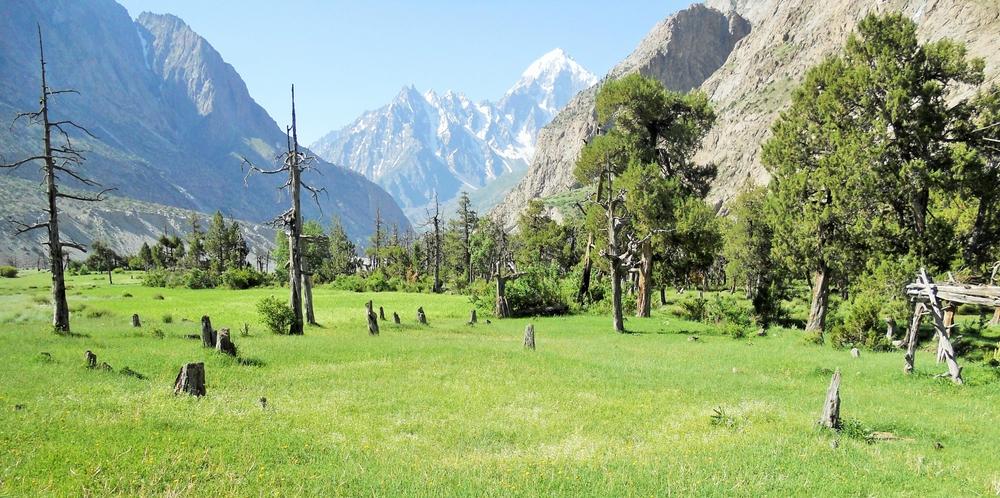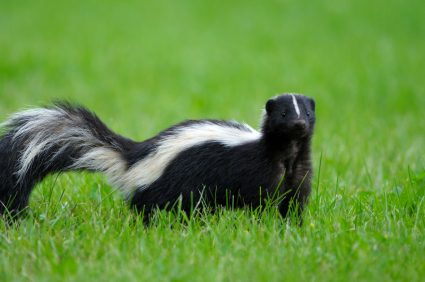
Winter is a time of change and adaptation for many species, and turkeys are no exception. Contrary to popular belief, turkeys do not migrate like some other bird species. Instead, they brave the cold and flock together in large groups for protection. Turkeys sleep in tree branches to avoid the cold snow and ice, using their wings to glide to a branch. They prefer trees like oaks, cottonwoods, and sycamores and rarely sleep in the same tree for long.
Turkeys do not migrate during the winter. Instead, they adapt to the cold season by flocking together in large groups for protection, sleeping in tree branches to avoid the cold snow and ice, and altering their diet to find food in the winter months. Despite the harsh conditions, turkeys have developed survival strategies to endure the winter season.
Turkey Flocks in Winter
Winter flocks separate by sex and age, but sometimes their “home base” is close together. For instance, hens and juvenile females might join groups of 50 or more birds, while toms and young males form separate flocks. This provides safety in numbers, making it easier to avoid predators.
Turkeys’ Winter Diet
Turkeys have flexible diets that vary from season to season. Their typical winter foods include mast, grasses, seeds, insects, forbs, and waste grains. In agricultural areas, waste grains provide a large portion of their winter diet, requiring less movement if roosting habitat is nearby.
Surviving the Cold
Turkeys conserve energy in the winter by remaining in their trees longer into the morning, allowing the sunlight to help warm up their core temperatures. A mature wild turkey may lose up to 40% of its body weight before spring arrives due to limited access to food during winter.
Effect of Harsh Winter on Turkeys
Harsh winter conditions can significantly affect the habitat and population of turkeys. During extreme winters, turkeys need a dependable food source close to thermal roosting cover and protected travel corridors. Turkeys shift their diets during winter to higher carb foods that provide energy, and their survival rates can vary depending on the severity of the winter. In mild or average winters, survival rates range from 70 to 100 percent, but severe winters can reduce the rate to 55 to 60 percent.
Climate Change Impact
Climate change and habitat loss can also affect turkeys’ roosting, feeding, and breeding behaviors. Prolonged winter storms, where crusted ice keeps them from finding food, can be the number one killer of adult turkeys. However, turkeys are tough and can stay in a tree for several days, losing a good bit of weight but still surviving. In light of climate change, wild turkey populations will need habitats with adequate food and cover to maintain their numbers.
In summary, turkeys do not migrate during the winter; instead, they adapt their behavior, diet, and sleeping habits to survive the cold season. They flock together for protection, roost in trees, and rely on a flexible diet to find food in the winter months. Despite the harsh conditions, turkeys are resilient and have developed survival strategies to endure the winter season.
Frequently Asked Questions
What are the common predators of turkeys during winter?
The common predators of turkeys during winter include foxes, coyotes, bobcats, and birds of prey such as owls and hawks. Turkeys are more vulnerable during winter due to their visible tracks in the snow and their tendency to flock together.
How do turkeys find food in the snow?
Turkeys have strong feet with sharp spurs that they use to scratch away snow and uncover food. They mainly rely on their sight to find food, so in areas with deep snow, finding food can be challenging.
Do turkeys hibernate during winter?
No, turkeys do not hibernate during winter. Instead, they adapt their behaviors, such as flocking together for protection and changing their diet, to survive the cold months.
How do turkeys communicate during winter?
Turkeys communicate through a variety of vocalizations and visual displays. Even in winter, they maintain communication within their flocks through calls and signals, helping them stay coordinated and alert to potential threats.
How do turkeys keep warm in the cold?
Turkeys fluff up their feathers to trap body heat and keep warm. They also roost high in trees to avoid ground frost and snow. On particularly cold days, they may stay in their roosts longer to conserve energy and warmth.










